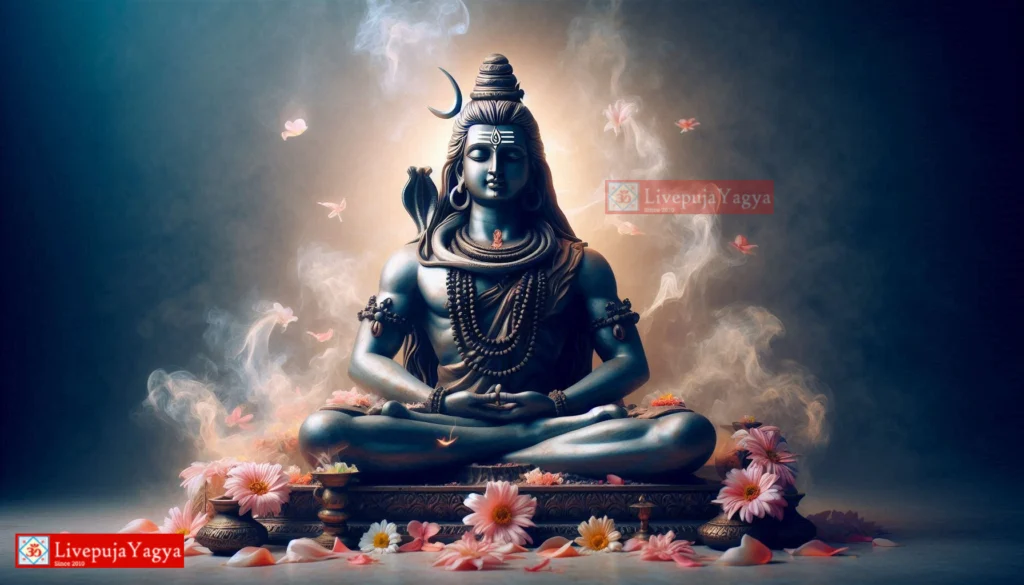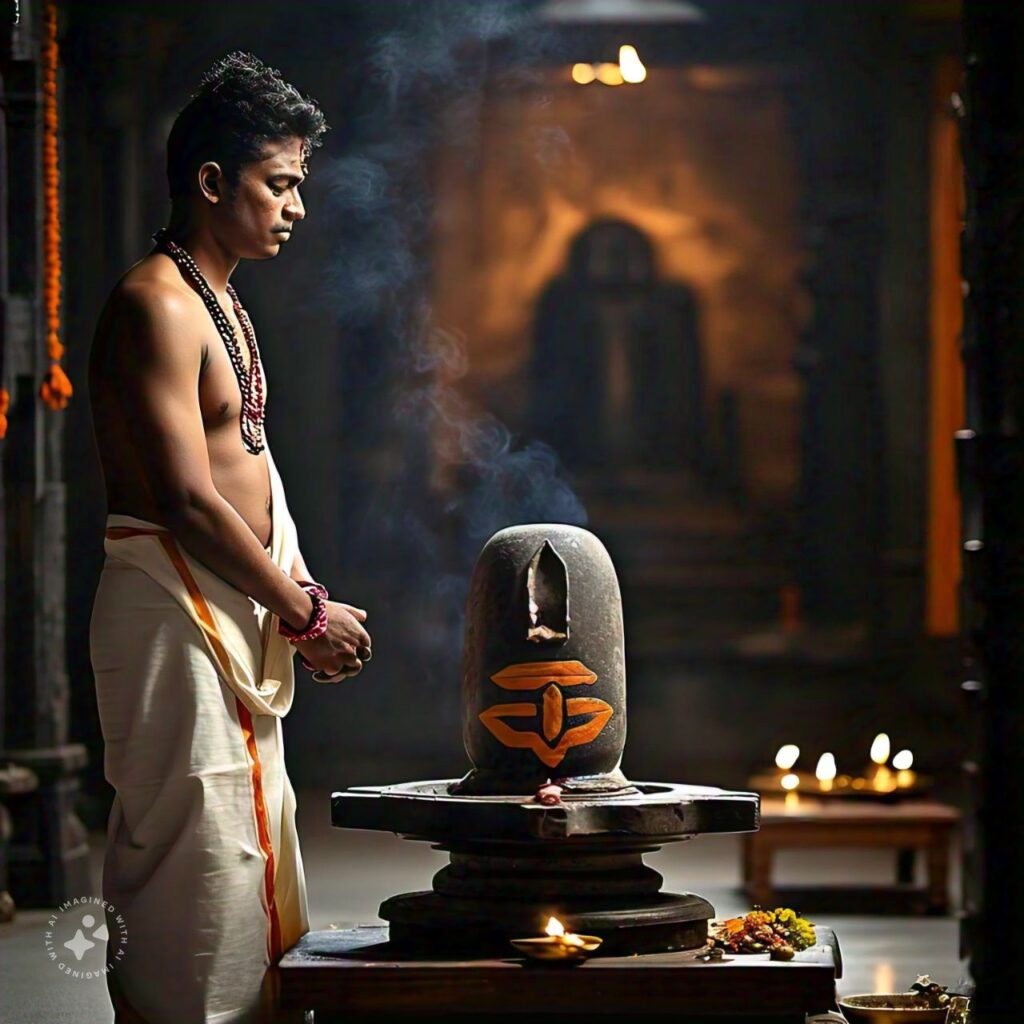Who doesn’t dream of embarking on a spiritual journey to the Tirth Sthals, receiving divine blessings, and leading a life of peace and happiness? We believe everyone aspires to such a pilgrimage. Here, we present a comprehensive guide to the sacred sites from all four corners of India, where you can seek spiritual solace and divine grace.
Char Dham Yatra: Your Pathway to Moksha
The Char Dham Yatra is regarded as one of the most significant pilgrimages in Hinduism, believed to grant Moksha (liberation). This spiritual journey aims to cleanse one’s karma and foster spiritual growth.
1. Badrinath Dham: Abode of Lord Vishnu
Located in Uttarakhand, Badrinath Dham is situated on the banks of the Alaknanda River, nestled between the Nar and Narayan mountain ranges. Legend has it that Shankaracharya discovered a black stone image of Lord Badrinarayan, which was later enshrined in a temple by King Garhwal in the 16th century. The name Badrinath is derived from ‘Badri,’ a type of berry, and ‘Nath,’ meaning Lord.
2. Dwarka: The Realm of Lord Krishna
Dwarka, in Gujarat, is revered as the kingdom of Lord Krishna. This sacred city features two gates: Swarga Dwar (Heaven’s Gate) for entry and Moksha Dwar (Liberation Gate) for exit. Despite being destroyed by the sea six times, Dwarka has been rebuilt and remains an important pilgrimage site. The Dwarkadhish Temple, dedicated to Lord Krishna, is adorned with the deity’s wedding attire, Kalyana Kolam, and is one of the 108 Divya Desams.
3. Jagannath Puri: Divine Triad of Jagannath, Balabhadra, and Subhadra
Jagannath Puri, located in Odisha, is another crucial stop on the Char Dham Yatra. Lord Jagannath, an avatar of Lord Vishnu, along with his siblings Balabhadra and Subhadra, is worshipped here. The annual Ratha Yatra festival, where the deities are paraded through the streets, is a major highlight.
4. Rameshwaram: Sanctum of Lord Shiva
Rameshwaram, in Tamil Nadu, is the southernmost of the Char Dham sites. According to the Ramayana, this is where Lord Rama built the Ram Setu. The Ramanathaswamy Temple, dedicated to Lord Shiva, houses one of the twelve Jyotirlingas. The temple’s mythology and its connection to Lord Rama make it a vital pilgrimage destination.
Tirth Sthals from All Directions: Divine Blessings Across India
North India Pilgrimage Sites
Haridwar: Gateway to the Gods
Haridwar, in Uttarakhand, is a sacred city where devotees cleanse their sins by bathing in the holy Ganges. It is believed that Lord Vishnu left his footprint here, making it a significant pilgrimage site.
Kedarnath and Amarnath: Sacred Abodes of Lord Shiva
Kedarnath, one of the twelve Jyotirlingas, is located in Uttarakhand. Amarnath, situated in the Himalayas, is renowned for the naturally formed ice lingam representing Lord Shiva. Both sites are integral to Shiva devotees’ pilgrimages.
Mathura: Birthplace of Lord Krishna
Mathura, in Uttar Pradesh, is the birthplace of Lord Krishna. The city is dotted with temples commemorating various aspects of Krishna’s life, making it an essential pilgrimage destination.
Varanasi: The Eternal City
Varanasi, or Banaras, on the banks of the Ganges, is one of Hinduism’s holiest cities. It is famous for its ghats and the mesmerizing Ganga Aarti, drawing pilgrims and spiritual seekers worldwide.
Vaishno Devi: Shrine of the Divine Mother
Vaishno Devi, in Jammu and Kashmir, is dedicated to Goddess Vaishno Devi, a manifestation of Goddess Mahalaxmi. Pilgrims believe they can visit this holy site only if they receive a divine calling from the Goddess.
South India Pilgrimage Sites
Tirupati: Abode of Lord Venkateswara
Tirupati, in Andhra Pradesh, is home to the revered Tirumala Venkateswara Temple. Devotees believe that visiting this temple brings success and happiness.
Murudeshwar: Coastal Shrine of Lord Shiva
Murudeshwar, in Karnataka, is famous for its towering statue of Lord Shiva and its picturesque location along the Arabian Sea.
Sabarimala: Pilgrimage to Lord Ayyappa
Sabarimala, in Kerala’s Western Ghats, is dedicated to Lord Ayyappa. Devotees undertake a rigorous 41-day fast and follow strict rituals before visiting the temple.
Meenakshi Amman Temple: Splendor of Goddess Meenakshi
Located in Tamil Nadu, the Meenakshi Amman Temple is dedicated to Goddess Meenakshi and Lord Sundareswarar. The temple’s grand architecture and the Meenakshi Thirukalyanam festival are major attractions.
Sree Padmanabhaswamy Temple: Wealth of Lord Vishnu
Situated in Thiruvananthapuram, Kerala, this temple is dedicated to Lord Padmanabhaswamy. It is renowned for its architectural beauty and immense treasures.
East India Pilgrimage Sites
Konark Sun Temple: Tribute to the Sun God
Konark Sun Temple, in Odisha, is a UNESCO World Heritage Site known for its stunning architecture and intricate carvings dedicated to the Sun God, Surya.
Dakshineswar Kali Temple: Reverence to Goddess Kali
Located in Kolkata, West Bengal, the Dakshineswar Temple is dedicated to Goddess Kali and features twelve Shiva shrines along the Hooghly River.
Mukteswara Temple: Marvel of Bhubaneswar
The Mukteswara Temple, in Bhubaneswar, Odisha, is famous for its exquisite carvings and dedication to Lord Shiva.
Mahabodhi Temple: Enlightenment of Buddha
The Mahabodhi Temple, in Bodh Gaya, Bihar, is where Siddhartha Gautama attained enlightenment. This UNESCO World Heritage Site is a pivotal Buddhist pilgrimage centre.
Kamakhya Temple: Seat of Shakti
Kamakhya Temple, in Guwahati, Assam, is one of the 51 Shakti Peethas, where the body parts of Goddess Sati are believed to have fallen.
West Indian Pilgrimage Sites
Somnath Temple: Resilience of Faith
Somnath Temple, in Gujarat, is one of the twelve Jyotirlingas. Despite being destroyed and rebuilt multiple times, it stands as a testament to enduring faith.
Siddhivinayak Temple: Veneration of Lord Ganesha
Situated in Mumbai, Maharashtra, Siddhivinayak Temple is dedicated to Lord Ganesha, the remover of obstacles. The idol is ornately decorated and carved from a single black stone.
Mahalaxmi Temple: Worship of the Goddess of Wealth
Located in Kolhapur, Maharashtra, Mahalaxmi Temple is dedicated to Goddess Laxmi. The temple is renowned for its intricate wooden carvings and beautiful architecture.
Shree Manguesh Temple: Serenity of Goa
Shree Manguesh Temple, in Ponda, Goa, is dedicated to Lord Shiva in the form of Manguesh. The temple is celebrated for its elegant architecture and peaceful ambience.
Shree Navgrah Mandir: Harmonizing the Planets
Shree Navgrah Mandir, in Khargone, Madhya Pradesh, is dedicated to the Navgrahas (Nine Planets). The temple is also known for the idol of Goddess Baglamukhi, believed to resolve planetary doshas. This temple is also called as “Pitambara Graha Shanti Peeth”.
Click here to learn more about Navgrah Temple
Conclusion
Embarking on a pilgrimage to these Tirth Sthals across India is more than just a spiritual journey; it is a quest for inner peace, divine blessings, and a deeper understanding of one’s faith. Each site holds a unique charm, historical significance, and spiritual essence that contributes to the rich tapestry of India’s religious heritage. Whether seeking liberation, divine intervention, or simply a moment of tranquillity, these sacred destinations offer a profound experience for all who visit.
Frequently Asked Questions (FAQs)
What does Tirth Yatra mean?
Tirth Yatra refers to a journey to a holy place to receive peace and blessings from the divine.
Which is the oldest temple heritage site in India?
The Mundeshwari Temple is the oldest heritage site in India.
What are the four pilgrimages of India?
The four pilgrimages, or Char Dham, are Badrinath, Dwarka, Rameshwaram, and Jagannath Puri.
What is the Char Dham in Uttarakhand?
The Char Dham in Uttarakhand are Yamunotri, Gangotri, Kedarnath, and Badrinath.
What is the English term for Tirth Sthan?
The English term for Tirth Sthan is Pilgrimage Place.
Are Char Dham and Tirth Sthal Yatra different?
Char Dham and Tirth Sthal Yatra refer to the same pilgrimage journey.
Why is Char Dham famous?
Char Dham is famous because it grants Moksha to devotees who complete the journey.
Embark on this sacred journey and experience the divine blessings that await you at these holy sites.








